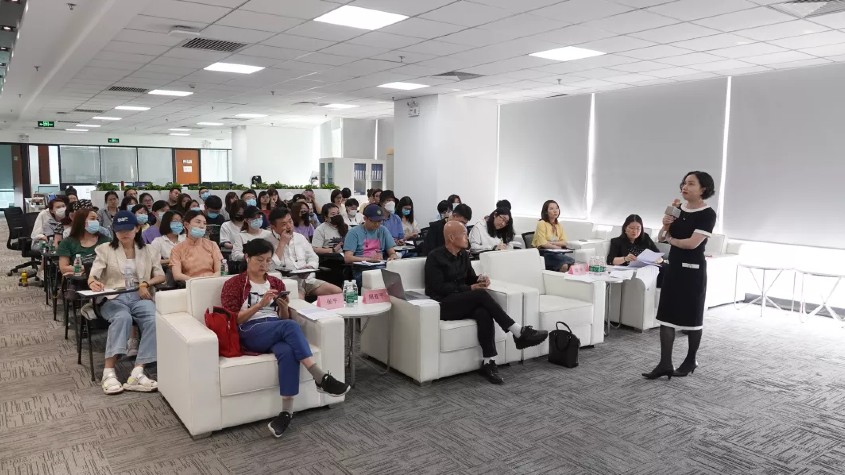IP Helps Overseas Development of Cultural and Creative Enterprises
May 20, 2021
On May 20, 2021, the Workshop on Overseas IP Protection for Cultural and Creative Enterprises was jointly organized by the World Intellectual Property Organization Office in China (WOC) and the China Audio-video Copyright Association (CAVCA) in Beijing. Ms. Liu Hua, Director of the WOC, Mr. Zhou Yaping, Vice President and Acting Director-General of the CAVCA, and Professor Zhang Ping, Executive Director of the Institute of Intellectual Property of the Peking University attended and delivered keynote speeches at the Workshop.

Director Liu Hua gave a detailed introduction on how to make a good use of WIPO as a golden knowledge asset, especially the international copyright system, WIPO global IP services, database and cooperation platforms in relation to cultural and creative industries. She mentioned that, in addition to copyright, which is the most central aspect of the development of cultural and creative enterprises, other types of IP such as trademarks, designs, and trade secrets are also closely relevant to the cultural and creative industry. WIPO has always been supportive of IP protection for cultural and creative enterprises, and is willing to provide full support to them in this regard.
Director Liu Hua said that in recent years, China has made outstanding achievements in the fields of innovation, creation and IP, and the copyright industry has also achieved an annual growth of more than 10%, accounting for 7.39% of GDP. The cultural and creative industry have flourished and made big contributions to the employment, exports of creative product and economic growth, all of which can be attributed to the China's constant policy planning, implementation and evaluation, to its adherence and determination to deepening reforms and opening up, and to its strong IP system.
Mr. Zhou Yaping, the Vice President of the CAVCA, gave a lively lecture on the topic of "Interpretation of Remuneration Right for Broadcast Performances and its Application in Industries", providing an indepth analysis of opportunities and challenges faced by China's recording industry and audiovisual sector under the implementation of the new copyright law from the legal basis of the new law, and elaborated on the advantages of collective management organizations in helping right holders to realize their right of remuneration to the broadcast performances. Professor Zhang Ping, with the topic of "IP Protection and Utilization in the Cultural, Creative and Entertainment Industry-Legal Experience Sharing", visually demonstrated to the participating companies through numerous influential judicial cases, and the presentation was facinating and instructive for the practice of cultural and creative enterprises.
The training workshop focused on the combination of legal foundmentals and practice. Through the guest speakers, the workshop enhanced the cultural and creative enterprises' understanding of WIPO's global IP services and platform resources, helped them expand their knowledge base of domestic and international IP laws and rules. It has a positive effect on enhancing ability of enterprises to use and protect IP across borders, promoting exchanges and cooperation in the field of IP among domestic and international cultural and creative enterprises, and grasping the overseas layout of IP.